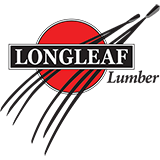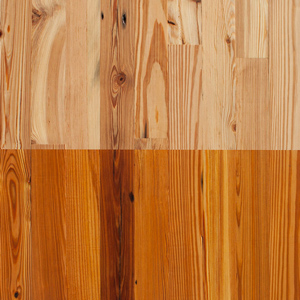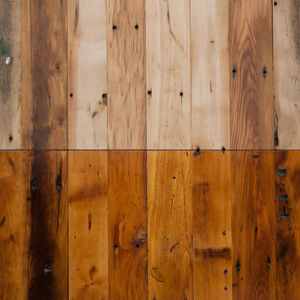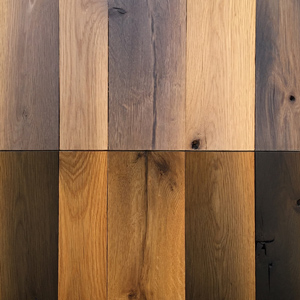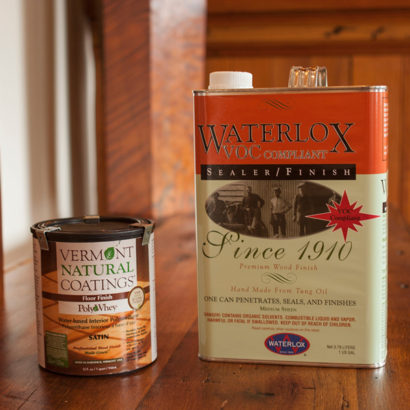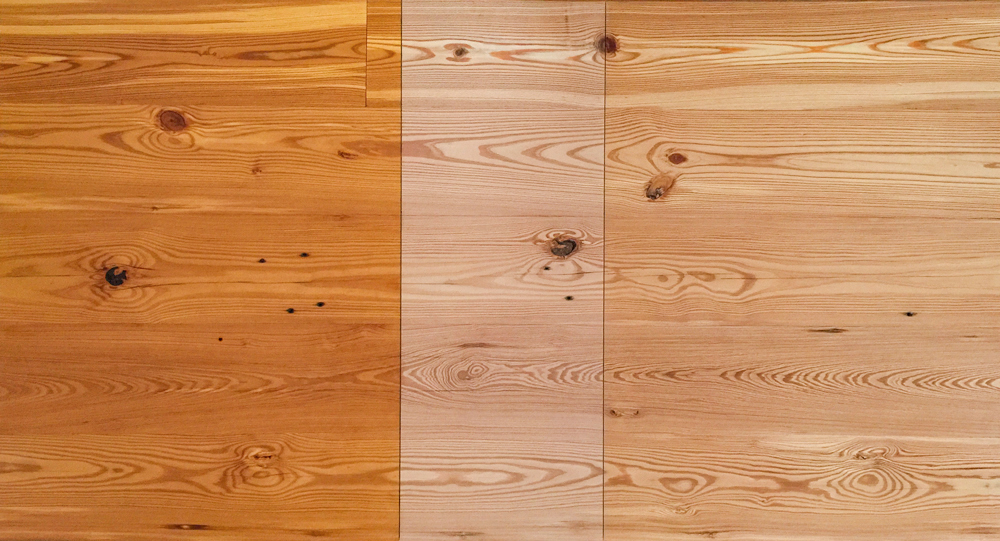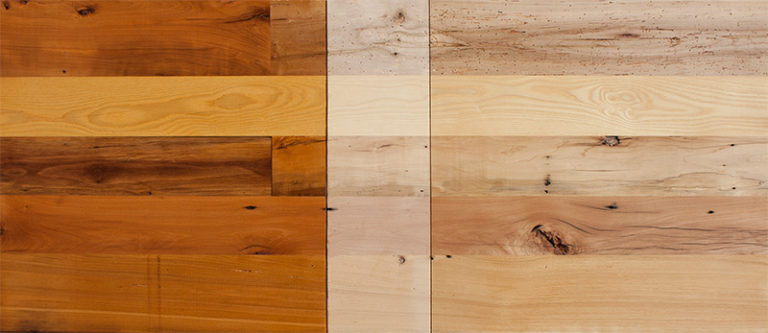
The practice of applying a substance to wood’s surface for the purpose of protection and aesthetic enhancement has been in existence for thousands of years. Today’s home or business owner has before them many of the same kinds of finishes used over the centuries as well as newer options. The process of choosing the best finish from the myriad possibilities is the same for reclaimed wood as for new wood flooring and should be one of the exciting aspects of the design process.
THE HISTORY OF WOOD FINISH:
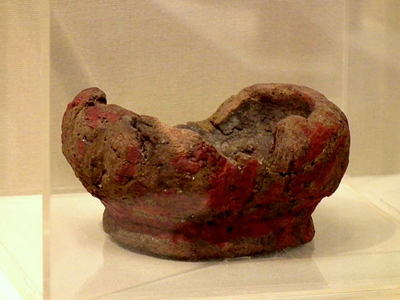 The use of waxes (such as bees wax) and drying oils (from nuts and seeds) predates written history. Evidence of the use of lacquer as early as the 5th millennium BC was discovered when a red wooden bowl was unearthed in China. Some scholars believe that the ancient Egyptians also finished wood, although their specific recipe is unknown. Originally applied to tools, furniture and other objects, the use of finishes was extended to wood flooring in very modern history. Prior to the mid 19th century, the wood floors in most homes were unfinished. Wealthy homeowners might have finished their floors with varnish or wax in their more public rooms, but it was relatively uncommon for the average home to have a finished wood floor. In the later years of the 19th century, floor finish was often shellac base with a wax finish. Varnish and polyurethane would follow as the primary method of finishing at the turn of the century.
The use of waxes (such as bees wax) and drying oils (from nuts and seeds) predates written history. Evidence of the use of lacquer as early as the 5th millennium BC was discovered when a red wooden bowl was unearthed in China. Some scholars believe that the ancient Egyptians also finished wood, although their specific recipe is unknown. Originally applied to tools, furniture and other objects, the use of finishes was extended to wood flooring in very modern history. Prior to the mid 19th century, the wood floors in most homes were unfinished. Wealthy homeowners might have finished their floors with varnish or wax in their more public rooms, but it was relatively uncommon for the average home to have a finished wood floor. In the later years of the 19th century, floor finish was often shellac base with a wax finish. Varnish and polyurethane would follow as the primary method of finishing at the turn of the century.
THE PURPOSE OF FINISHING WOOD:
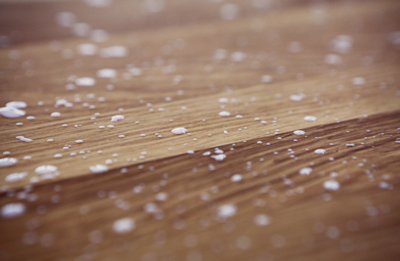
TYPES OF WOOD FINISH:
Floor finishes are available in an almost infinite matrix with bases that usually include wax, oil, or water. They may penetrate into the wood (as with tung oil) and/or sit on the surface (as with wax and polyurethane). Color may be added to stain the wood, or the finish may come clear. Finally, the sheen can range from matte to highly polished.
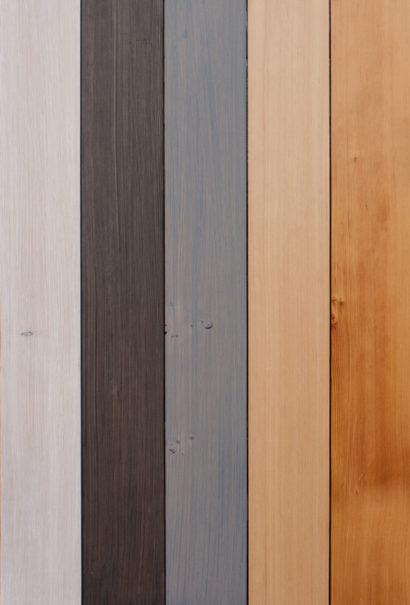
To add to the matrix, more than one kind of finish may be applied in sequence or combined together in one product to achieve a desired effect. For example, hardwax oil is a composite finish composed of a vegetable-based oil which penetrates into the wood and wax which will harden and protect the surface. Waterlox makes a resin modified tung oil that penetrates but also leaves a film of resins that provides additional protection to the surface.
When you consider the unique finish recipes provided by each brand, the choices can seem daunting. However, with a little thought about your needs and aesthetic vision, as well as some experimentation with samples, you can arrive at the finish that is right for your project.
Seen here is a panel of reclaimed fir that we finished (from left to right) with three different stains, Vermont Natural Coatings water-based polyurethane, and Waterlox tung oil.
THINGS TO CONSIDER WHEN CHOOSING A WOOD FINISH:
- Appearance: Color may be the first consideration here, and this is purely subjective. The same piece of wood will look dramatically different when finished with an oil versus a water-based product. Oil based products will give the wood a darker, more amber tone. Water-based products will also deepen the tone, but only slightly and with less change in the wood's natural color. Another factor to consider will be the surface sheen, which most finishes can provide in a range from matte to high gloss. Even a waxed floor can provide this range, depending upon the amount of buffing.
- Performance and durability: If your space is low traffic and dry, then perhaps a waxed floor will work. If you’re in the kitchen, it may be better to seal the floor with a polyurethane to protect against water and wear in high traffic areas such as in front of the sink.
- Other requirements: Finishing a counter? You will want to consider a food-safe finish. And fire code may dictate your choice as well. As for environmental impact, we would argue that this should always be considered, but even there, final decisions will vary.
- Ease and methodology of the application (and reapplication): Your polyurethane finish may be the easiest to apply and wear longer, but require a more demanding reapplication procedure. Tung oil is easily reapplied, but requires a longer installation period. You can also reapply wax, but perhaps more often that you would wish.
- Environmental Impact: Does the finish track with your requirements for the sustainability of the products used for your project? Finishes are not exempt from environmental impact and do effect interior air quality. You may wish to examine the VOC emission levels to find something low or zero VOC. A water-based polyurethane or natural oil-based penetrating finish may be a better choice.
THE HISTORY OF WOOD FINISH:
The use of waxes (such as bees wax) and drying oils (from nuts and seeds) predates written history. Evidence of the use of lacquer as early as the 5th millennium BC was discovered when a red wooden bowl was unearthed in China. Some scholars believe that the ancient Egyptians also finished wood, although their specific recipe is unknown. Originally applied to tools, furniture and other objects, the use of finishes was extended to wood flooring in very modern history. Prior to the mid 19th century, the wood floors in most homes were unfinished. Wealthy homeowners might have finished their floors with varnish or wax in their more public rooms, but it was relatively uncommon for the average home to have a finished wood floor. In the later years of the 19th century, floor finish was often shellac base with a wax finish. Varnish and polyurethane would follow as the primary method of finishing at the turn of the century.

THE PURPOSE OF FINISHING WOOD:
Finishes are applied for two primary reasons: protection and appearance. They provide a barrier for porous wood which can protect it from water, oil, and other substances; mitigate damage due to water and impacts; minimize surface bacteria growth; and create a surface that is easier to clean. However, the role that finishes play in the visual alteration or enhancement of the wood’s unfinished appearance cannot be understated. This change can be marked or subtle, varying according to the kind of finish applied - and there are MANY different kinds available.
TYPES OF WOOD FINISH:
Floor finishes are available in an almost infinite matrix with bases that usually include wax, oil, or water. They may penetrate into the wood (as with tung oil) and/or sit on the surface (as with wax and polyurethane). Color may be added to stain the wood, or the finish may come clear. Finally, the sheen can range from matte to highly polished.
Wood staining and finishing are two different things. The staining of wood is a distinct, optional process undertaken for aesthetic reasons to alter the natural color of the floor. Pickling and vibrant wood dyes can dramatically change the color of the surface, while dark stains can leave the floor with a deeper and more uniform appearance. The floor finish process remains in place regardless of the use of stain.
To add to the matrix, more than one kind of finish may be applied in sequence or combined together in one product to achieve a desired effect. For example, hardwax oil is a composite finish composed of a vegetable-based oil which penetrates into the wood and wax which will harden and protect the surface. Waterlox makes a resin modified tung oil that penetrates but also leaves a film of resins that provides additional protection to the surface.
When you consider the unique finish recipes provided by each brand, the choices can seem daunting. However, with a little thought about your needs and aesthetic vision, as well as some experimentation with samples, you can arrive at the finish that is right for your project.
Seen here is a panel of reclaimed fir that we finished (from left to right) with three different stains, Vermont Natural Coatings water-based polyurethane, and Waterlox tung oil.
THINGS TO CONSIDER WHEN CHOOSING A WOOD FINISH:
- Appearance: Color may be the first consideration here, and this is purely subjective. The same piece of wood will look dramatically different when finished with an oil versus a water-based product. Oil based products will give the wood a darker, more amber tone. Water-based products will also deepen the tone, but only slightly and with less change in the wood's natural color. Another factor to consider will be the surface sheen, which most finishes can provide in a range from matte to high gloss. Even a waxed floor can provide this range, depending upon the amount of buffing.
- Performance and durability: If your space is low traffic and dry, then perhaps a waxed floor will work. If you’re in the kitchen, it may be better to seal the floor with a polyurethane to protect against water and wear in high traffic areas such as in front of the sink.
- Other requirements: Finishing a counter? You will want to consider a food-safe finish. And fire code may dictate your choice as well. As for environmental impact, we would argue that this should always be considered, but even there, final decisions will vary.
- Ease and methodology of the application (and reapplication): Your polyurethane finish may be the easiest to apply and wear longer, but require a more demanding reapplication procedure. Tung oil is easily reapplied, but requires a longer installation period. You can also reapply wax, but perhaps more often that you would wish.
- Environmental Impact: Does the finish track with your requirements for the sustainability of the products used for your project? Finishes are not exempt from environmental impact and do effect interior air quality. You may wish to examine the VOC emission levels to find something low or zero VOC. A water-based polyurethane or natural oil-based penetrating finish may be a better choice.
In the images above, the lighter sections were finished with water-based products and the darker with oil.
YOUR RECLAIMED WOOD FLOOR FINISHER:
Because the work of finishing can be particular and exacting, the experience that a skilled wood finisher can bring to the installation process is invaluable. Your floor finisher will be able to draw upon his or her history to understand the best products and process for your flooring species, style, and location. The finishing process usually follows a few basic steps: sanding, filling 0.3of “imperfections” if desired, staining/bleaching to alter color if desired, and application of finish, usually with several coats.
YOUR RECLAIMED WOOD FLOOR FINISHER:
Because the work of finishing can be particular and exacting, the experience that a skilled wood finisher can bring to the installation process is invaluable. Your floor finisher will be able to draw upon his or her history to understand the best products and process for your flooring species, style, and location. The finishing process usually follows a few basic steps: sanding, filling 0.3of “imperfections” if desired, staining/bleaching to alter color if desired, and application of finish, usually with several coats.
At Longleaf Lumber, we love to see how wood responds to the different finishes we apply. This experimentation can be surprising and exciting. Taking the time to discover the right finish for your product is well worth the exploration.
Red Lacquer Bowl Photo Above: Own Work By LukeLOU On Wikipedia
